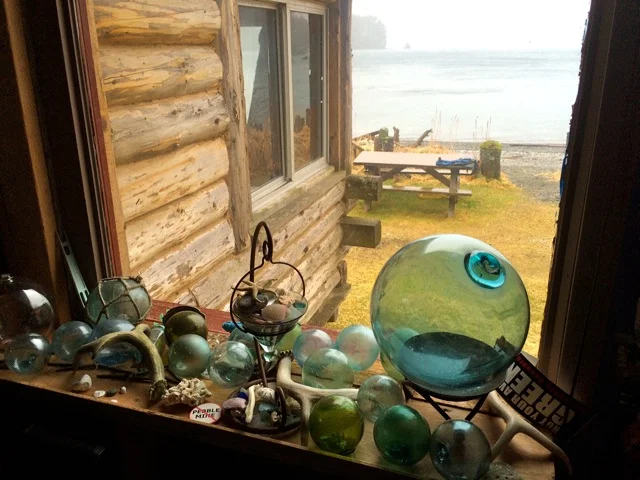CALL FOR ART AND WRITING
Deadline: March 15, 2018 for show traveling in May of 2018
About Salmon Shadows
The Alaska Salmon Fellows, Alaska Humanities Forum, and Island Institute welcome artists and writers to contribute to Salmon Shadows, an experimental public arts and humanities project. The project challenges Alaskans and others engaged in the salmon system to consider how we’ve developed our collective salmon narratives, what these narratives obscure, and how we can bring these shadows into the light.
The aim of this project is to engage with issues of sustainability and equity in Alaska’s salmon systems, creating a more nuanced understanding of how humans and salmon interact. Salmon Shadows is a group project of the Alaska Salmon Fellows. Salmon Shadows organizers aim to amplify quieted voices, topics, and concerns when it comes to Alaska’s salmon system.
Images of the selected visual art and excerpts of selected literary submissions will travel to communities in Southeast Alaska during the Island Institute’s Tidelines journey in May of 2018. Using a light projector, the selected works will be projected in the visited communities and used to inspire and direct community conversations about sustainability and equity in Alaska’s salmon systems. Please note that the original artworks will not travel, only digital images of the artwork. This is a pop-up, portable art show that will travel via ferry to small and large communities.
Following the Tidelines journey, selections of the artworks and literary submissions will be included in an issue of Forum, the Alaska Humanities Forum’s award winning quarterly magazine.
Rationale
Salmon are a shared value in Alaska; they swim through our ecosystems, fuel our bodies, and sustain our spirits. In a sense, salmon are a projection of Alaska’s greatest attributes: wilderness, freedom, independence, adventure, abundance, sustainability. Alaskans and others from around the world are eager to celebrate salmon abundance and Alaska’s world-class management regime.
But with each projection comes a shadow that humans are less eager to face. We Alaskans are so invested in projecting positive salmon narratives that we conveniently neglect the matching dark sides of our stories.
Submissions of art and writing may be guided by the following questions:
How wild are Alaska’s salmon?
● One third of the “wild salmon” that hit the market are hatchery fish, reared in pens and fed fish meal until they are released to river systems where they compete with native wild salmon.
● The “Alaskan” salmon on the plate of a consumer is frequently processed in China.
How sustainable are Alaska’s salmon fisheries? Are we in fact using the best model of management?
● The systematic and tested observations and practices of indigenous fisheries management are given little space or credence compared with the relatively new principles of western fisheries management.
● Commercial and subsistence king fisheries are cancelled or severely limited across the state.
● The carbon footprint of fishing, processing, and shipping a “sustainable” product around the world, and the role of such emissions in ocean acidification and climate change, is rarely discussed.
Are Alaska’s commercial salmon fisheries equitable? Is the work environment a healthy one?
● Salmon management and its related social and economic systems have privileged whites and rewarded those with historic access to financing, legal services, and political power.
● Many women in commercial fishing have experienced sexual harassment or assault.
The organizers understand that there are many other shadow sides to the salmon system that are not listed here and are open to many interpretations of the theme.
Submission Guidelines
Artists and writers are invited to submit up to three original artworks or literary submissions of no more than 3000 words. All visual art must be submitted at a minimum of 300 dpi as jpgs; all literary submissions as PDFs.
Name the electronic files as follows:
A_LastName_Title
B_LastName_Title
C_LastName_Title
Visual artists need to provide a short written statement (no more than 300 words) that describes the “salmon shadow” that the work depicts.
Compensation and Use of Art
Submitted materials will be reviewed by Alaska Salmon Fellows and co-curators Ernestine Hayes, Nancy Lord and Apayo Moore. Fellows and co-curators will select visual works - representing a diversity of shadow stories - for our pop up tour and feature pieces of writing. All artists and writers who are selected to be part of the Salmon Shadows will receive a small gift of $50 as thanks for sharing their work, in addition to having their work promoted as part of the project.
Award notifications will be made by the end of April 2018.
